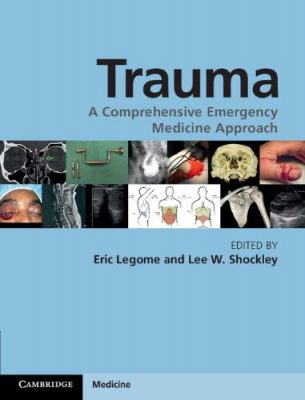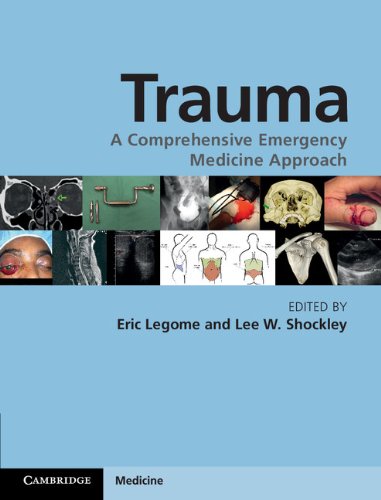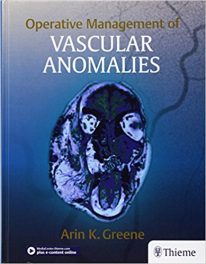 Editors: Eric Legome, MD and Lee W. Schockley, MD
Editors: Eric Legome, MD and Lee W. Schockley, MD
Publisher: Cambridge University Press – 720 pages
Book Review by: Nano Khilnani
Most books on trauma are written from a surgical perspective, the editors – Dr. Eric Legome and Dr. Lee W. Shockley – point out in the Preface to this book. But many trauma patients are first treated by doctors trained in trauma care and management in emergency departments of hospitals, where urgent attention to, and quick and correct treatment of, their specific injury and condition is critical in saving their lives.
This book presents the many anatomic locations of traumatic injury caused by accidents, crashes, falls, overdose of certain drugs, and similar events, and recommends the proper courses of immediate action to prevent further deterioration of the patients’ conditions, and even death, and thereby save their lives.
Seventy-seven MDs (76 from all over the United States – including the two editors named above – and one from Israel) authored or coauthored the 42 chapters of this important book that we list below:
- Section I – Approach to Trauma
- Decision-making in trauma
- Initial approach to trauma
- Mechanism of injury
- Multiple casualties and disaster preparedness
- Trauma airway
- Section II – The Injured Patient
- Head trauma
- Oral and maxillofacial trauma
- Ocular trauma
- Neck trauma
- Injuries of the spine: Musculoskeletal
- Injuries of the spine: Nerve
- Chest trauma
- Abdominal trauma
- Genitourinary trauma
- Pelvic fracture
- Upper extremity orthopedic trauma
- Lower extremity orthopedic trauma
- Cutaneous injuries
- Soft tissue trauma
- Vascular trauma
- Section III – Special Considerations
- Trauma in pregnancy
- Geriatric trauma
- Medical concerns in trauma patients
- Sexual assault
- Injury prevention
- Rural trauma care
- Pain management
- Section IV – Imaging in Trauma
- Plain radiographs
- Ultrasound
- Computed tomography
- Angiography and interventional radiography
- Section V – Procedures and Skills
- Anesthesia
- Fluid and blood component therapy
- Trauma procedure I
- Trauma procedure II
- Wound management
- Universal / standard procedures
- Section VI – Administration
- Pre-hospital care
- Professionalism
- Communication and interpersonal issues in trauma
- Trauma research
- Trauma nursing
“Expert multidisciplinary care is recognized as the most important determinant of survival,” Drs. Legome and Schockley point out at the outset of this book.
While this book has been put together as a comprehensive resource for practicing emergency medicine physicians, it is also a valuable reference text for emergency medicine residents in training, as well as for physician assistants (PAs), nurse practitioners, and emergency nurses.
The surgical trauma specialist will also find insights on many types of cases treated in the emergency department.
In sum, the editors write that trauma care is a ‘team sport’ and many of the medical professionals in hospitals can benefit from the information provided, knowledge shared, and insight imparted by the authors of the various chapters in this book, an important resource to read and have as a keepsake.
Editors:
Eric Legome is Chief of Emergency Medicine at Kings County Hospital in Brooklyn, New York.
Lee W. Schockley is Medical Director of the Emergency Department at The Denver Health Medical Center, and Professor of Emergency Medicine at the University of Colorado School of Medicine in Denver, Colorado.






